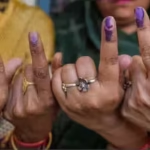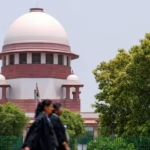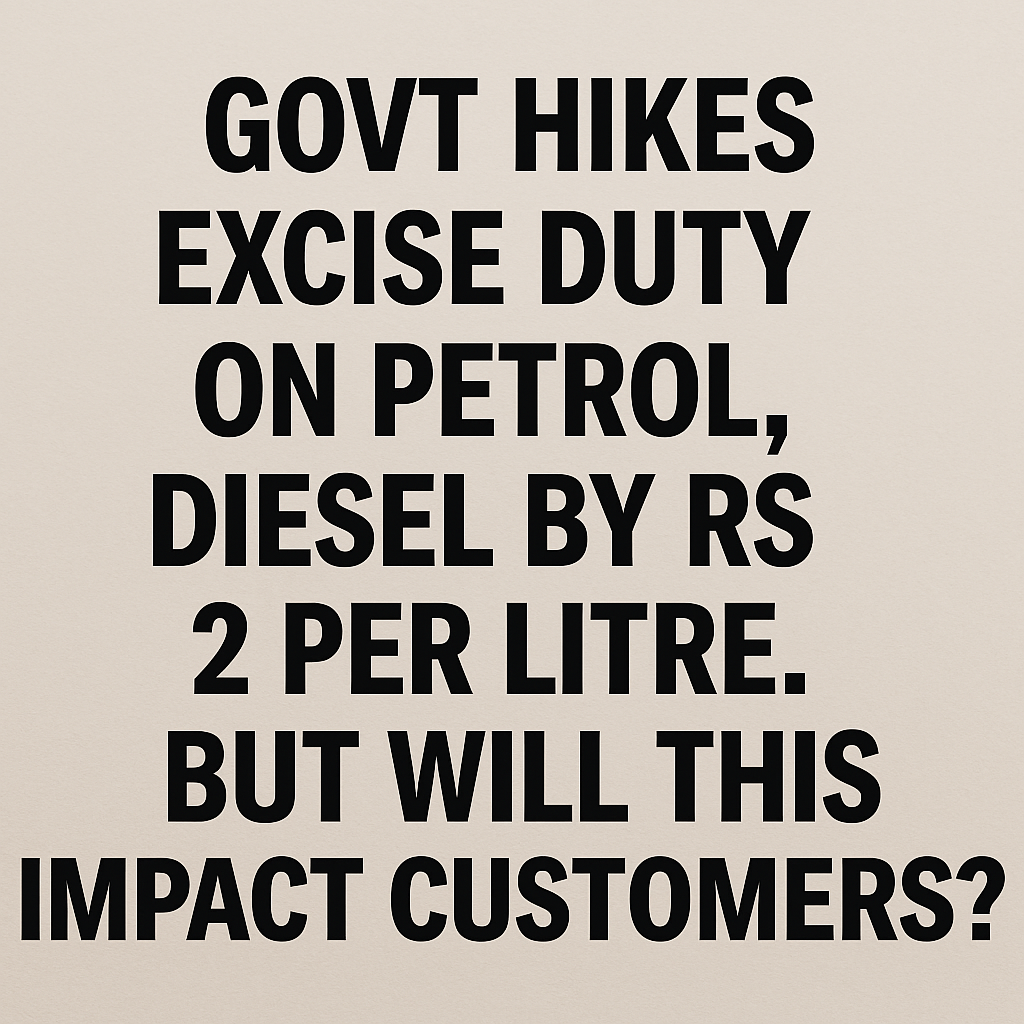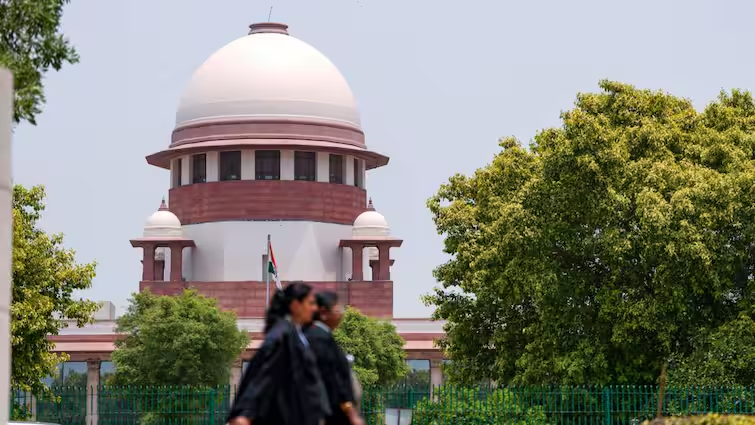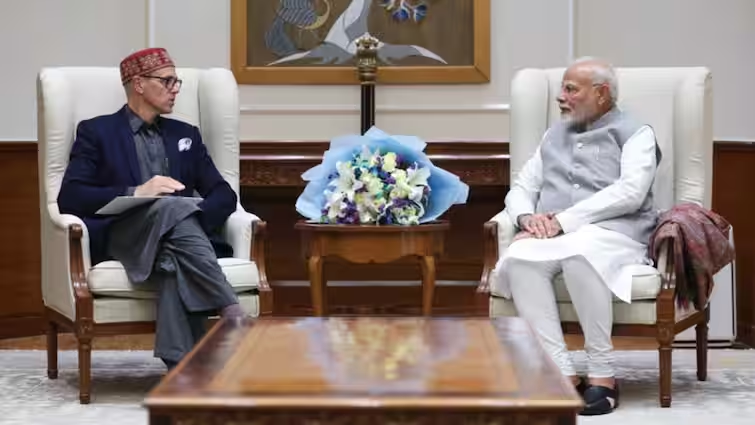Govt Hikes Excise Duty on Petrol and Diesel By Rs 2 Per Litre, But Will This Impact Customers?
In a significant fiscal move, the Government of India on Monday announced a hike in excise duty on petrol and diesel by Rs 2 per litre. The notification, issued by the Ministry of Finance, comes at a time when the economy is navigating the turbulent waters of global market shifts, including trade policy uncertainty following the implementation of steep tariffs by U.S. President Donald Trump.
According to the official notification, the revised excise duty will come into effect from April 8, 2025. While such a hike would traditionally lead to a rise in fuel prices at the retail level, the government has assured that this will not be the case this time. Authorities have emphasized that the hike will not impact consumers directly, a move aimed at insulating the public from global volatility and maintaining domestic economic stability.
A Strategic Move Amid Global Uncertainty
The hike in excise duties comes amid significant global economic developments. One of the key triggers has been the aftershock of President Trump’s sweeping tariff measures, which have sent ripples across global trade and commodity markets. In particular, oil prices have witnessed increased volatility, with Brent crude and WTI (West Texas Intermediate) both showing sharp fluctuations in recent weeks.
India, being a major importer of crude oil, is especially vulnerable to such global price swings. In this context, the excise duty adjustment appears to be a proactive fiscal maneuver. By increasing duties now—at a time when global crude oil prices have declined—the government seems to be cushioning its revenue base without imposing a burden on the end consumer.
No Impact on Retail Prices, Assures Government
One of the immediate concerns following the announcement was whether consumers would face increased fuel costs. However, the Ministry of Petroleum and Natural Gas moved swiftly to allay these fears. In a post on social media platform X (formerly Twitter), the ministry stated, “PSU Oil Marketing Companies have informed that there will be no increase in retail prices of #Petrol and #Diesel, subsequent to the increase effected in Excise Duty Rates today.”
This clarification is particularly significant given the timing of the duty hike. Fuel prices in India were last reduced on March 14, 2025, just ahead of the Lok Sabha elections, and had remained unchanged since May 22, 2022. Those reductions followed two consecutive excise duty cuts that cumulatively brought down petrol prices by Rs 13 per litre and diesel by Rs 16 per litre. Therefore, the public sentiment around fuel prices remains a politically sensitive issue.
Industry Reactions and Economic Implications
Industry experts have largely welcomed the government’s assurance of price stability, noting that it reflects a balanced policy approach. “It’s a fiscally prudent move. The government is trying to enhance its revenue without affecting consumer sentiment, especially in an election year. As long as global crude prices remain soft, this strategy could work,” said Sunil Mehra, an economist with the Centre for Energy and Policy Research.
However, Mehra cautioned that the success of this policy hinges on international oil trends. “Should crude prices rise sharply due to geopolitical tensions or supply disruptions, the government might find it harder to maintain price stability without additional subsidies,” he added.
In a broader economic context, the excise duty hike is expected to contribute to the Centre’s revenue collection, especially important at a time when fiscal demands are high due to ongoing infrastructure projects and welfare schemes. The government’s capital expenditure has seen a significant uptick in recent budgets, and ensuring robust revenue streams remains critical.
What Does It Mean for Oil Marketing Companies?
Public Sector Undertaking (PSU) oil marketing companies (OMCs) such as Indian Oil Corporation (IOC), Bharat Petroleum Corporation Limited (BPCL), and Hindustan Petroleum Corporation Limited (HPCL) are expected to bear the brunt of the excise hike in the short term. Since retail prices are not being adjusted upward, OMCs may have to absorb the additional cost internally.
While these companies have seen improved margins in recent months due to declining global oil prices, the added tax burden could narrow their margins temporarily. However, industry insiders believe that as long as crude prices remain low, OMCs can manage the adjustment without significant financial strain.
Political Undertones and Public Perception
The decision to hike excise duty without affecting consumer prices is also being interpreted through a political lens. With the general elections on the horizon, the central government is likely cautious about any move that might alienate voters.
Oil Minister Hardeep Singh Puri recently indicated that there might be further room to cut fuel prices if global crude rates remain low. His comments, made just weeks before the duty hike, suggest that the government is closely watching the global oil market and is prepared to make dynamic adjustments to protect consumer interests.
At the same time, opposition parties have begun questioning the rationale behind the hike. Critics argue that if there is no intention to pass the cost on to consumers, the move seems largely aimed at artificially inflating central revenues—possibly to fund election-year spending.
Historical Context: A Pattern of Excise Duty Tweaks
This is not the first time that the Indian government has made strategic changes to excise duty in response to global oil market trends. In recent years, the Centre has used excise duty as a tool not only to stabilize domestic fuel prices but also to balance its fiscal books.
The pattern shows that excise duties are typically raised when global oil prices are low and reduced when prices spike. This approach offers the government a mechanism to buffer the domestic economy from global shocks while retaining a degree of fiscal flexibility.
The excise duty hike on petrol and diesel—despite the promise of no retail price increase—signals a careful balancing act by the Indian government. As the global economy remains unpredictable, with rising geopolitical tensions and shifting trade alliances, India’s energy policy appears to be anchored in pragmatic realism.
For now, consumers can breathe a sigh of relief. But the real test will be how long the government can maintain this equilibrium, especially if oil prices begin climbing again. With elections around the corner and fiscal pressures mounting, policymakers are likely to face tough decisions in the months ahead.
As always, much will depend on the global crude oil market—a space that remains as volatile as ever.

